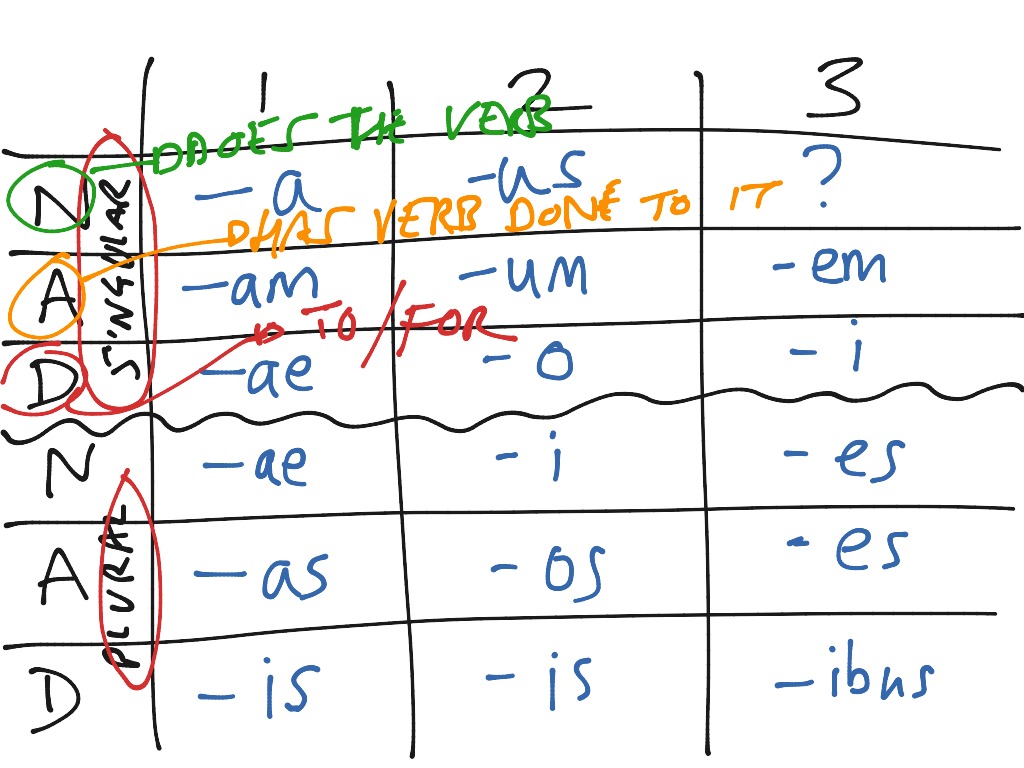

Two irregular verbs you will frequently come across are ‘ esse’, ‘to be’, and ‘ ire’, ‘to go’. The stem for venio, venire, veni, ventum (4) is veni– Latin To form the future tense for fourth conjugation verbs remove the ‘- re’ from the infinitive form of the verb to get the stem and add the relevant ending. The stem for concedo, concedere, concessi, concessum (3) is conced– Latin To form the future tense for third conjugation verbs remove the ‘ -ere’ from the infinitive form of the verb to get the stem and add the relevant ending. The first person singular uses ‘a-’ instead of ‘e-’, and the present tense ending of ‘-o’ changes to ‘-m’. The difference is that they are preceded by ‘ e-’. In the future simple tense, the endings for third and fourth conjugation verbs are the same as those in the present. The stem for do, dare, dedi, datum (1) is da- Latin To form the future tense for first and second conjugation verbs, remove ‘ -re’ from the end of the infinitive form of the verb to get the stem and then add the relevant ending above. The difference is that they are preceded by ‘ b-’ in the first person singular, ‘ bu-’ in the third person plural and ‘ bi-’ for the remaining persons. In the future simple tense, the endings for first and second conjugation verbs are the same as those in the present. Copy John 1 in Latin with these printables.
LATIN ENDINGS PRACTICE DOWNLOAD
Download printable memory aids for learning Latin. In each conjugation, the verbs share the same endings:Īn example of a first conjugation verb is: confirmo, confirmare, confirmavi, confirmatum (1) – to confirm.Īn example of a second conjugation verb is: habeo, habere, habui, habitum (2) – to haveĪn example of a third conjugation verb is: duco, ducere, duxi, ductum (3) – to leadĪn example of a fourth conjugation verb is: audio, audire, audivi, auditum (4) – to hear First and second conjugation verbs A simple file folder game for practicing and reviewing Latin conjugation endings. Remember, Latin verbs are divided into four groups, or conjugations. In Latin, just as with the present and past tenses, we need to know the conjugation a verb belongs to in order to make a future tense. These personal endings are crucial for identifying person and number and consequently for understanding Latin texts. In English, we use ‘will’ to make this tense.Įgo Lucie messuagium dabo – I will give a messuage to Lucy First we will go through each person and number, and then we will examine Latin verb personal endings. In order to talk about events that we expect to take place in the future we use the future simple tense. Anna, noli amare agricolam malum.So far we have looked at verbs in the present tense and verbs in the past tenses.

Negative Imperative Practice! Write Latin AND English and turn in! Keep the commas in place.
LATIN ENDINGS PRACTICE PLUS
The plural negative command is “nolite…” plus the infinitive.ġ9 Negative Imperative Practice. The singular negative command is “noli …” plus the infinitive. Negative imperative verbs give “don’t…” commands. Noli noliteġ6 Negative Imperatives Girl, don’t carry the water!ġ7 Negative Imperatives Girls, don’t carry the water! These words pair up with the INFINITIVE (2nd principle part) verb: the –RE form. Serva pecuniam tuam.ġ3 Negative Imperatives What if you want to tell someone NOT to do something? Girls, don’t carry the water!ġ4 Noli nolite Negative Imperatives Meet your negative command words: Ama filiam tuam et filia tua te (you) amabit. The plural imperative verb is the verb stem + -te.ġ2 Imperative Practice! Write Latin AND English and turn in!ġ. The singular imperative verb is the verb stem. The imperative is used only with verb words. Do not confuse the –a ending of the singular imperative with the ablative noun ending –a. Plural Imperative Infinitive amare laudare portare navigare parare Amate! Laudate! Portate! Navigate! Parate!Īn imperative usually stands at or near the beginning of a Latin sentence. porto, portare: carry Plural imperative: porta + te = PORTATE! To form the plural imperative, just add –te to the singular imperative. Singular Imperative Infinitive amare laudare portare navigare parare Ama! Lauda! Porta! Naviga! Para!Ī plural imperative gives a command to more than one person. porto, portare: carry singular imperative: PORTA! (carry!) In Latin, the singular imperative is the same as the present stem of the verb…drop the –re from the infinitive. Sailors, prepare the boat!Ī singular imperative gives a command to ONE person. The subjunctive expresses an element of uncertainty, often a wish, desire, doubt or hope. However three moods of a verb exist in Latin. Announce the news! Carry the water, slave. So far all of the verbs that we have encountered have been in what is called the indicative mood. We have learned the present tense indicative and future tense indicative. The indicative mood is used to make statements or ask questions. Indicative mood, subjunctive mood, imperative mood.


 0 kommentar(er)
0 kommentar(er)
